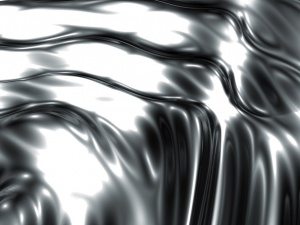How Hydrogen Affects the Formation and Evolution of Persistent Slip Bands in High-Purity α-Iron
Abstract
The effect of hydrogen on the fatigue behavior of materials has been studied extensively during the past 100 years, but is just poorly understood due to the complex interplay between hydrogen and deformation processes. In this context, hydrogen damage of metals is becoming one of the major challenges of decarbonization. While most work focuses on f.c.c. materials, the availability of relevant results becomes sparse when considering technologically highly relevant b.c.c. metals such as structural steels. This work uses in situ electrochemical hydrogen charging of α-iron steels to investigate the formation and evolution of intrusions and extrusions prior to fatigue crack initiation using a new charging setup by which the specimens are charged from the interior. The advantage of this innovative technique is that the surface of the specimens can subsequently be characterized using atomic force microscopy without artefacts from electrochemical charging or corrosion. Hydrogen is shown to enhance slip localization at the early stages of damage. The developed persistent slip lines are less pronounced. By means of transmission Kikuchi diffraction, it is shown that orientation gradients between cells in the dislocation structure are much weaker in the presence of hydrogen. Hence, hydrogen appears to promote slip reversibility in b.c.c. materials.



